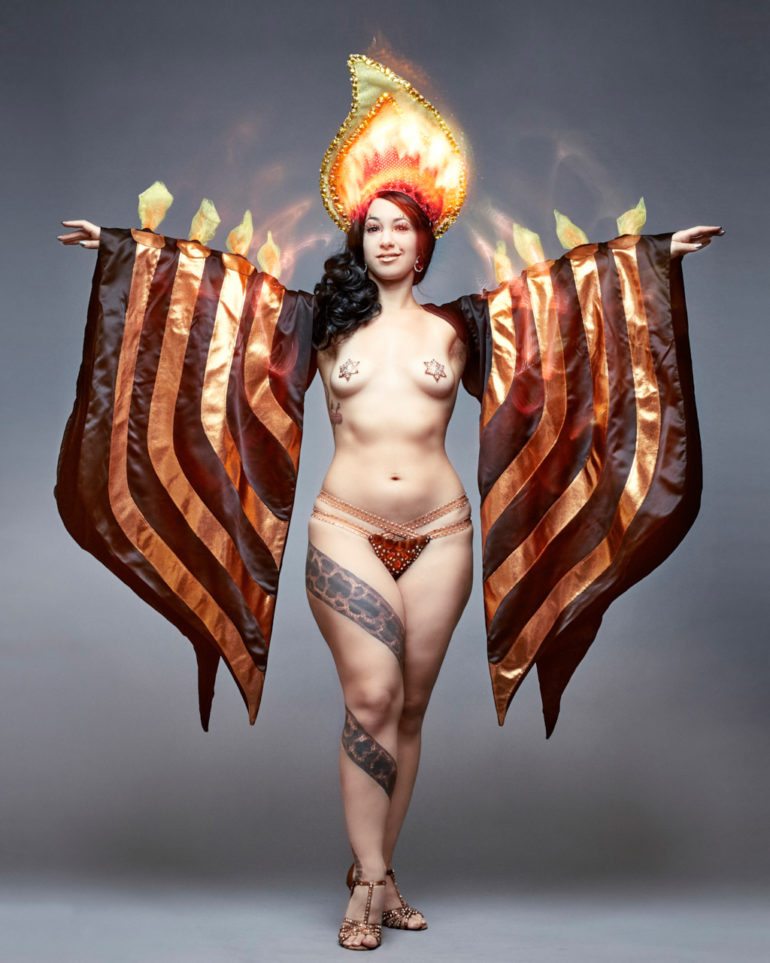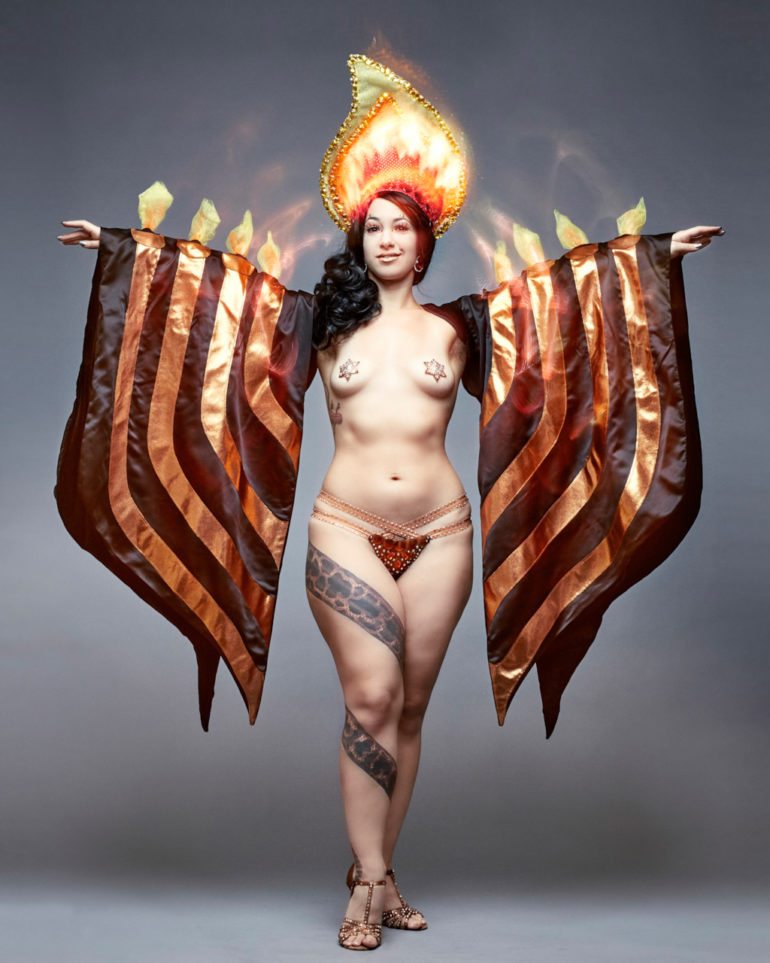
All of the photographs on this website weren’t made by people. They weren’t made by an AI image generator, either. Instead, they were all made by cameras. Sure, people had to push the buttons. But the cameras did everything around the color because it was set to auto white balance. It chose the shutter speed all by itself. In some cases, it even set the ISO all by itself. It is responsible for making the images in the same way that a painter’s brush makes the delicate srokes of a piece of art. That’s synonamous to the way a chef’s fireplace makes the perfect steak that you enjoy for all of a few minutes. Indeed, there is a camera that takes great photos.
If you’re actually reading this, you know how absolutely absurd this sounds. Yes, it’s true that the tool that you’re using can help you make the photograph. But the camera can only do so much. It doesn’t necessarily know to capture a specific moment. And it can’t see the creativity that you want to put forth. There’s a saying about how a camera cannot see — and that’s true. It can look and apply things to a scene, but it doesn’t have a creative vision.
The Creative Vision is something that a photographer has pertaining to how the final scene will look. Most people casually snapping an image to capture a candid moment don’t necessarily have the vision. Instead, they’re just trying to capture a moment — which is an art in and of itself that requires a great understanding of moment and technique to get the shot you want. A creative vision is often realized by commercial, editorial, fine art, conceptual, landscape, and other photographers. It happens when you shoot slowly.
Often, the creative vision is realized when you create an image that cannot be seen with the human eye. Our Creating the Photograph series showcases this well. Here are a few examples:

- James Andrew Ridley photographed a human menorah. The above image was done by James, and was used with permission in that interview. It required lots of props, styling, and flashes to make it happen.
- Mary Ann Wamboldt used a slow shutter speed and flash to get a trippy effect.
- Virginia Kluiters made projections that give a bit of background into how she felt when creating her photographs.
Sure, we’ve interviewed lots of photographers who also make their magic happen in post-production. That’s all fine — but it has become the mainstream these days and the art of creating in the moment is something that’s disappearing. More and more though, photographers are trying to do it to make themselves stand out. Why not do less work to get the photo if you can get it done in-camera?
The important part here though is that it’s not just the camera doing the work. It’s also the photographer’s creative vision. It can be realized in or out of the camera. But if you do most of the work in-camera, then you’re doing a whole lot less of it digitally in software. You’re then less of a photo editor — though that is part of the natural process of making images.
What you often don’t realize as well is that you’re closer to the process typically when you make an image in-camera vs when you make it in post-production. Don’t belive me? Try it, and you’ll see how you work to connect your technical and artistic minds differently.





